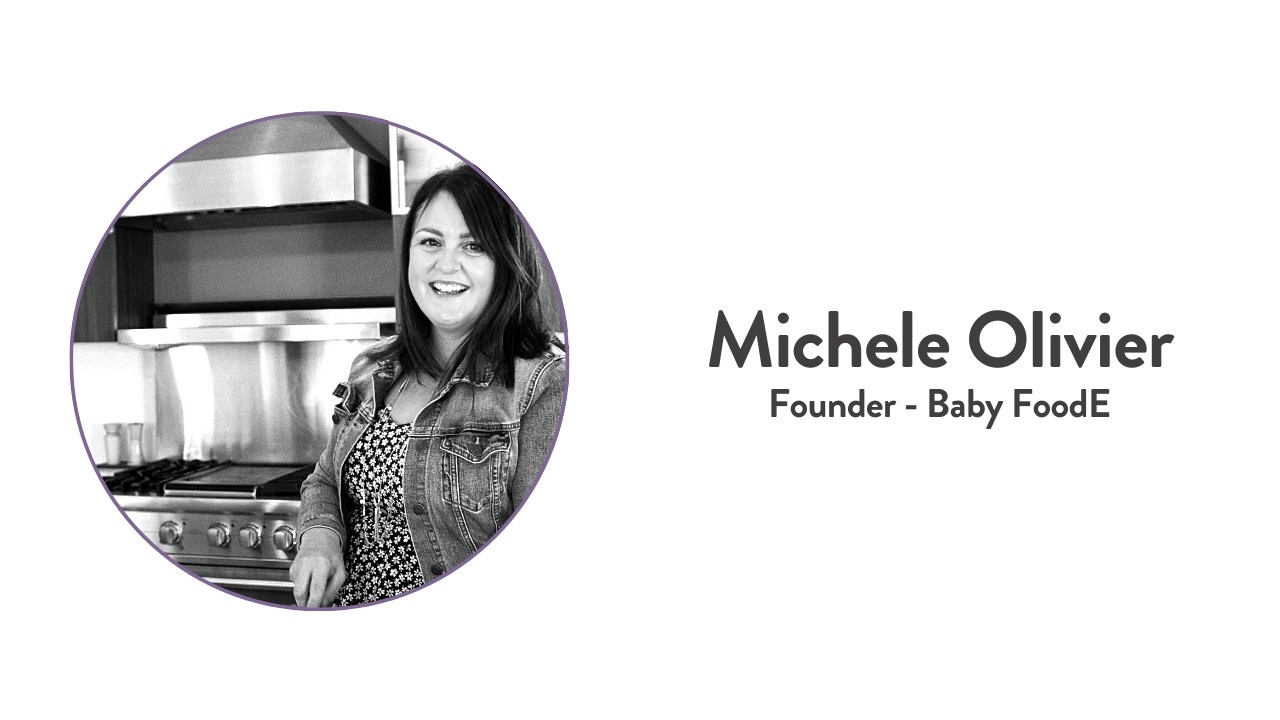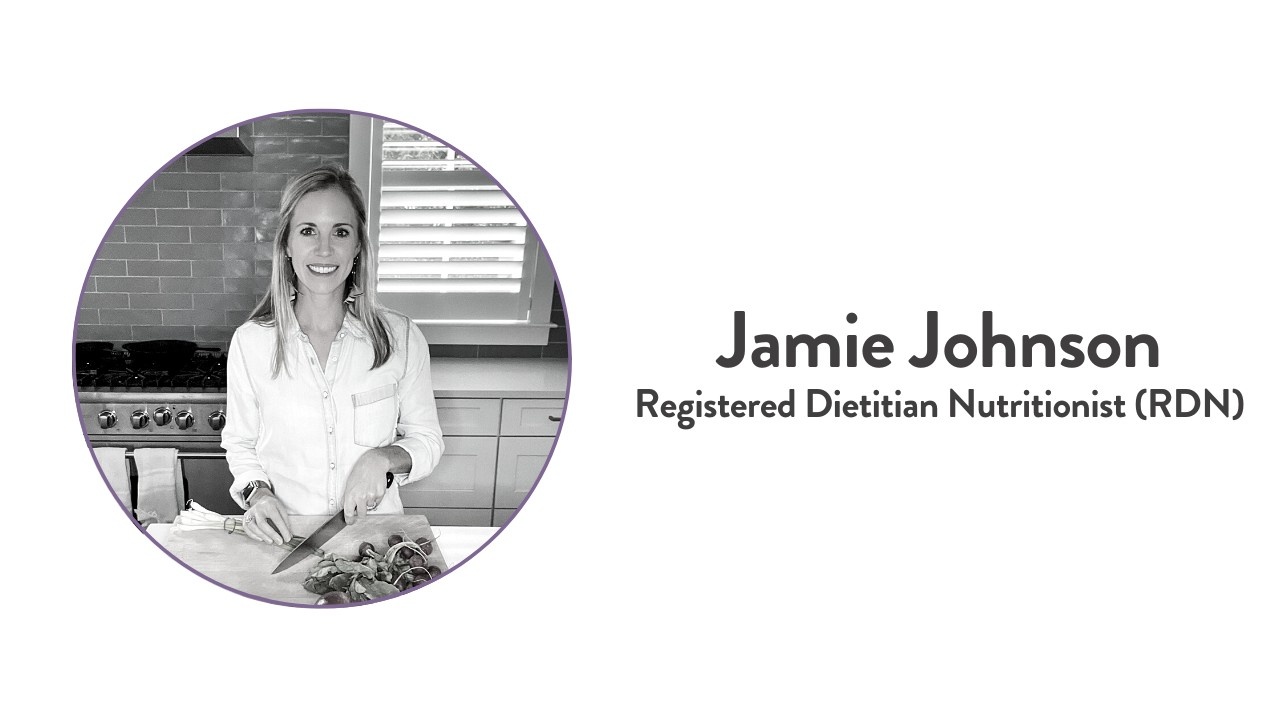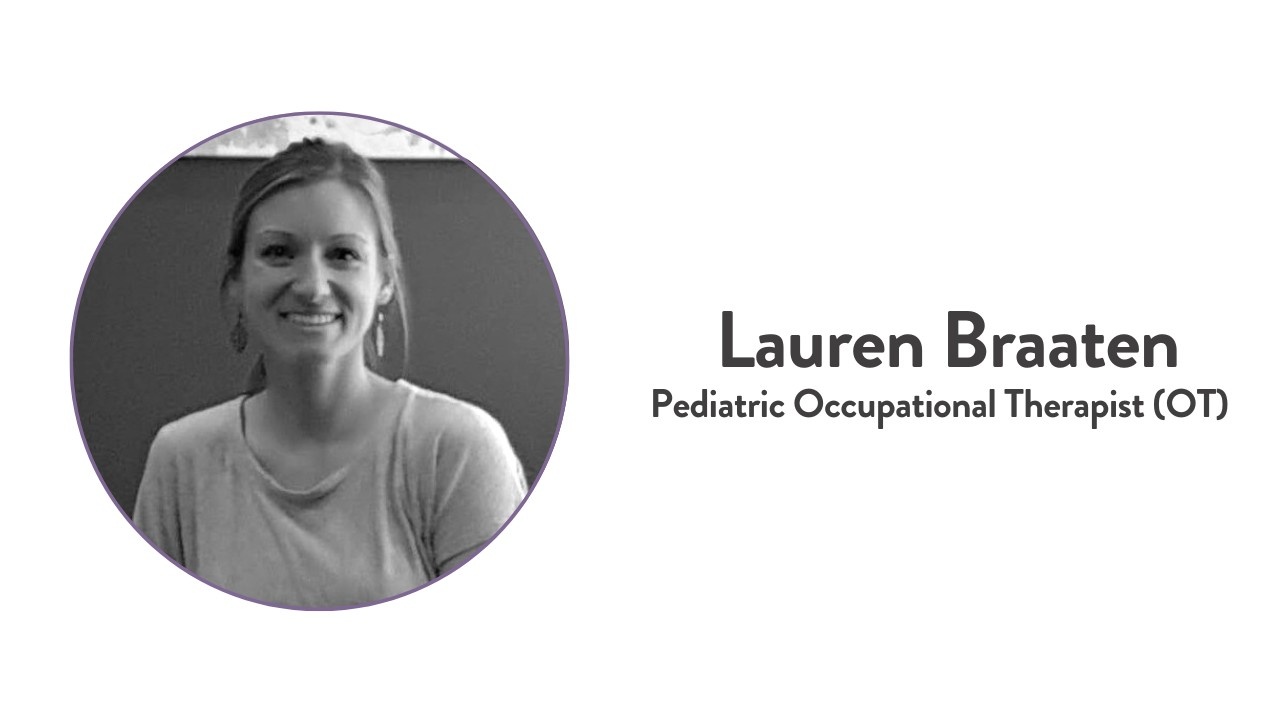When is Baby Ready for Solids

WHEN IS BABY READY FOR BLW?
Whether you decide to use a baby-led weaning approach, spoon-feeding (often known as traditional weaning), or a combination of both, look for these readiness signs in your baby:
- Around 6 months of age
- Sitting with minimal assistance
- Good control of their head and trunk
- Bringing hands and toys to their mouth
- Appears interested in food, possibly by reaching for or leaning forward towards food
Before you start weaning your baby, you should consult with your pediatrician to make sure your child is developmentally ready.
WHEN ARE YOU READY FOR BLW?
Just as it is important to know when your baby is ready, it is also important for you to be prepared to teach your baby how to wean. Here are some things that are important to know before you get started.
- Know infant CPR. No matter what approach you take to feed your baby, it’s essential to educate yourself on what to do if your baby chokes on something. Babies are constantly exploring and often attempting to put things in their mouths – both edible and non-edible, so it’s essential to be prepared. You can attend a live class in your area or take this online course.
- Understand choking vs. gagging. Read the guide here.
- Educate yourself on high-risk choking foods. There are some foods that pose a high choking risk to your baby, depending on how it’s prepared, so it’s best to avoid these foods until your baby is developmentally ready. One study found that infants following a baby-led approach that includes advice on minimizing choking risk do not appear more likely to choke than infants following traditional feeding practices. (1)
- Be aware of changes that may be needed in your own diet. Foods prepared for adults may not always be suitable for infants, especially depending on the seasonings used or style of cooking. In one study, babies and their families using a modified baby-led approach were found to consume higher sodium levels (2), so read labels and adjust ingredients as needed.
- Embrace the mess. Baby-led weaning can be FUN, but it can also be MESSY! Have a plan for making cleanup easier, such as bibs that double as “food catchers,” a large mat underneath your highchair as needed, and a good vacuum. It might feel tempting to do so, but hold off on wiping your baby’s face and hands until the end of the meal. You might even consider taking your baby to the sink and letting them rinse their hands and face there afterward.
- Be present with your baby. Sitting down and eating with your baby is not only good practice for safety, but it’s also good practice for modeling good eating habits.
- Discuss your goals with your pediatrician. Letting your pediatrician know the approach you’d like to take with starting solids can be helpful. In addition, baby-led weaning may not be appropriate for some babies with developmental, motor, or medical issues. Consult with your pediatrician, and they can make referrals to health professionals to support you as needed.
Reviewed and Co-Written By



